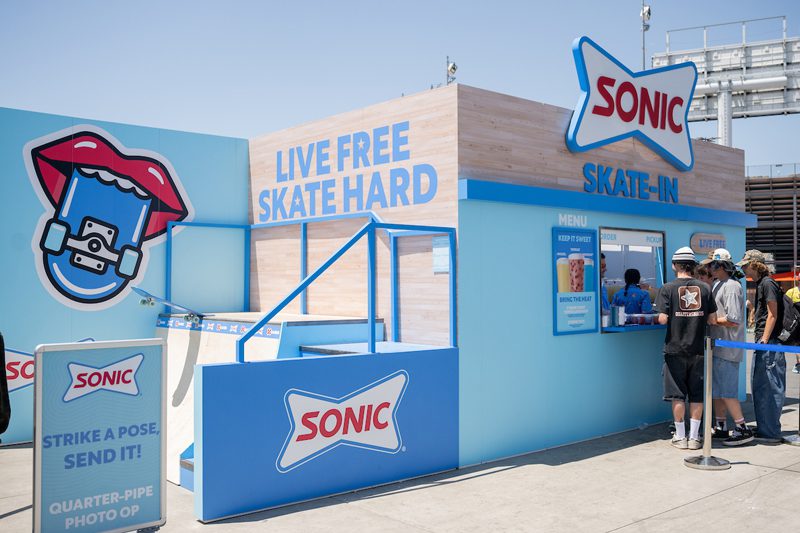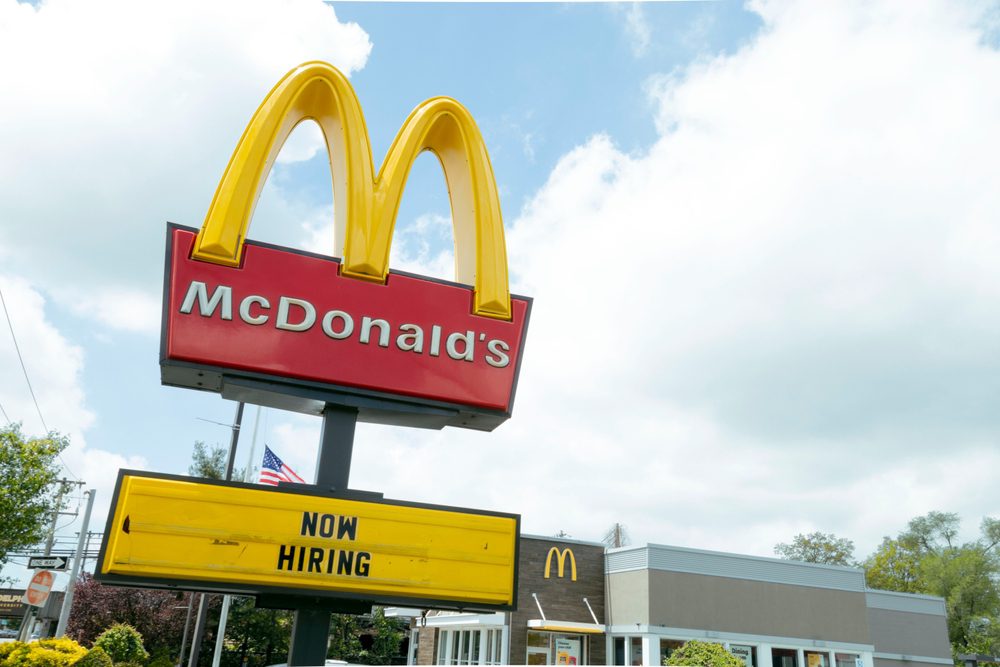THANKS TO a predictive model generated from a gutted and rebuilt customer database, The Parable Group garnered an impressive 31.9% response rate for a catalog mailing.
Furthermore, during this initial use of the model, the top 10% of customers had a 70% sales rate.
The mailing, which was sent out last November, consisted of 2.7 million catalogs Parable mailed on behalf of its independent member stores. Roughly 780,000 customers had been modeled.
Participating Parable stores realized a return on their investment of some 58%, with average per-catalog revenue of $18.50. Not bad for a piece that cost 45 cents to go into the mail.
The gains were all the sweeter for the headaches involved in setting up the model. Long before the model run that produced those results, the Parable database required a great deal of massaging.
The San Luis Obispo, CA-based company provides products and marketing materials to nearly 1,000 independent Christian merchandise retailers around the United States. Although nearly 300 of them are branded under the Parable name, they are still independent retailers. Their data comes to Parable’s database in a variety of formats, and with different degrees of completeness.
This would make any data analyst’s life difficult. But when Melissa Lundie, Parable’s information and marketing strategy manager, examined the database last year, she found that some customers were listed as living thousands of miles away from their local outlet. For a retail chain, which considers distance from an outlet to be an attribute akin to recency, frequency and monetary value in importance, this was a serious problem.
It turned out that the outside contractor charged with maintaining the file was recording the location of a given customer’s most recent purchase as the
 Network
Network

